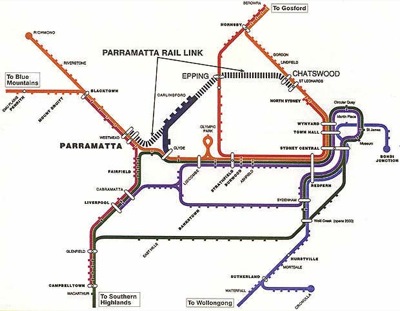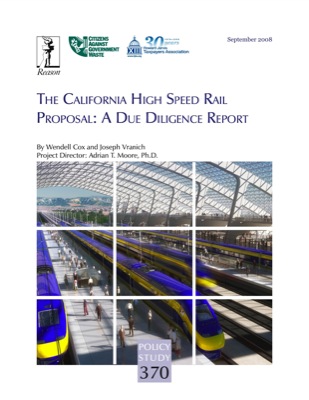The Antiplanner is an unabashed rail nut. My office walls are filled with pictures of trains and rail memorabilia. I’ve traveled at least a quarter of a million miles on Amtrak and Canada’s VIA. When I’ve visited Europe, Australia, and New Zealand, my preferred method of local travel has always been by train. I helped restore the nation’s second-most powerful operating steam locomotive, and my living room has the beginnings of a model railroad.
There is no doubt that, if high-speed rail worked, I would be the first to support it. But my definition of “works” is somewhat different from that of rail advocates, one of whom once told me that he considered a rail transit project successful if it allowed just one person to get to work a little faster — no matter how much it cost everyone else.
For me, “works” means that a project is cost-effective at achieving worthwhile objectives. “Cost-effective” means that no other projects could accomplish the same objectives at a lower cost. “Worthwhile objectives” might include reducing traffic congestion, air pollution, or energy consumption. Though high-speed rail advocates are gleeful about the prospect, I don’t consider shutting down competing air service to be a worthwhile objective.
This series of posts on high-speed rail has revealed at least twelve important facts.
Continue reading →











